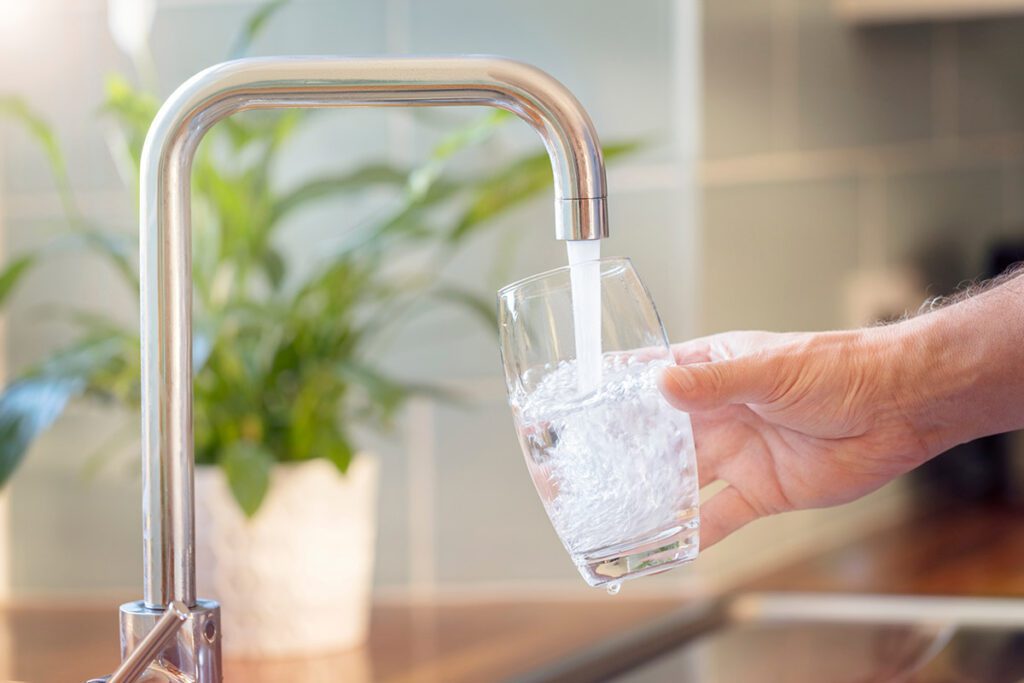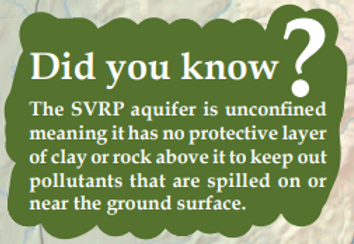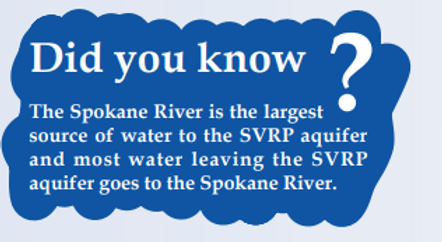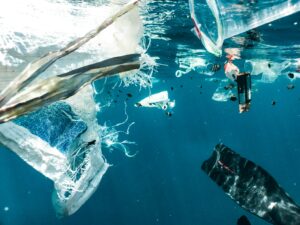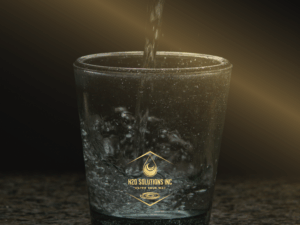
PFAS in Your Water? What You Need to Know About the “Forever Chemicals” Threatening Your Health
When you turn on your tap, you expect water that’s safe and healthy. But what if your drinking water contained harmful chemicals that never go away, and you couldn’t even

